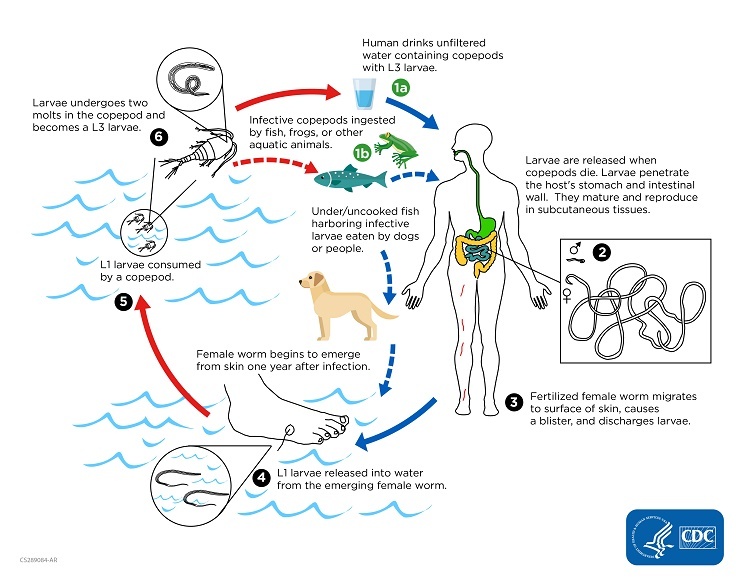

The money came from products they sold online as well as their OnlyFans sites
Why do these guys have OnlyFans revenue? I doubt they’re selling pics of themselves. Why would the models featured in those sites not cut out the Tate brothers and just deal with OnlyFans directly? The models provide the content, OnlyFans provides the platform… so what value do the Tate brothers provide? I have to imagine the answer to the first question is “threats” and the answer to the second is “nothing.” These guys are just digital pimps.









It’s likely CentOS 7.9, which was released in Nov. 2020 and shipped with kernel version 3.10.0-1160. It’s not completely ridiculous for a one year old POS systems to have a four year old OS. Design for those systems probably started a few years ago, when CentOS 7.9 was relatively recent. For an embedded system the bias would have been toward an established and mature OS, and CentOS 8.x was likely considered “too new” at the time they were speccing these systems. Remotely upgrading between major releases would not be advisable in an embedded system. The RHEL/CentOS in-place upgrade story is… not great. There was zero support for in-place upgrade until RHEL/CentOS 7, and it’s still considered “at your own risk” (source).